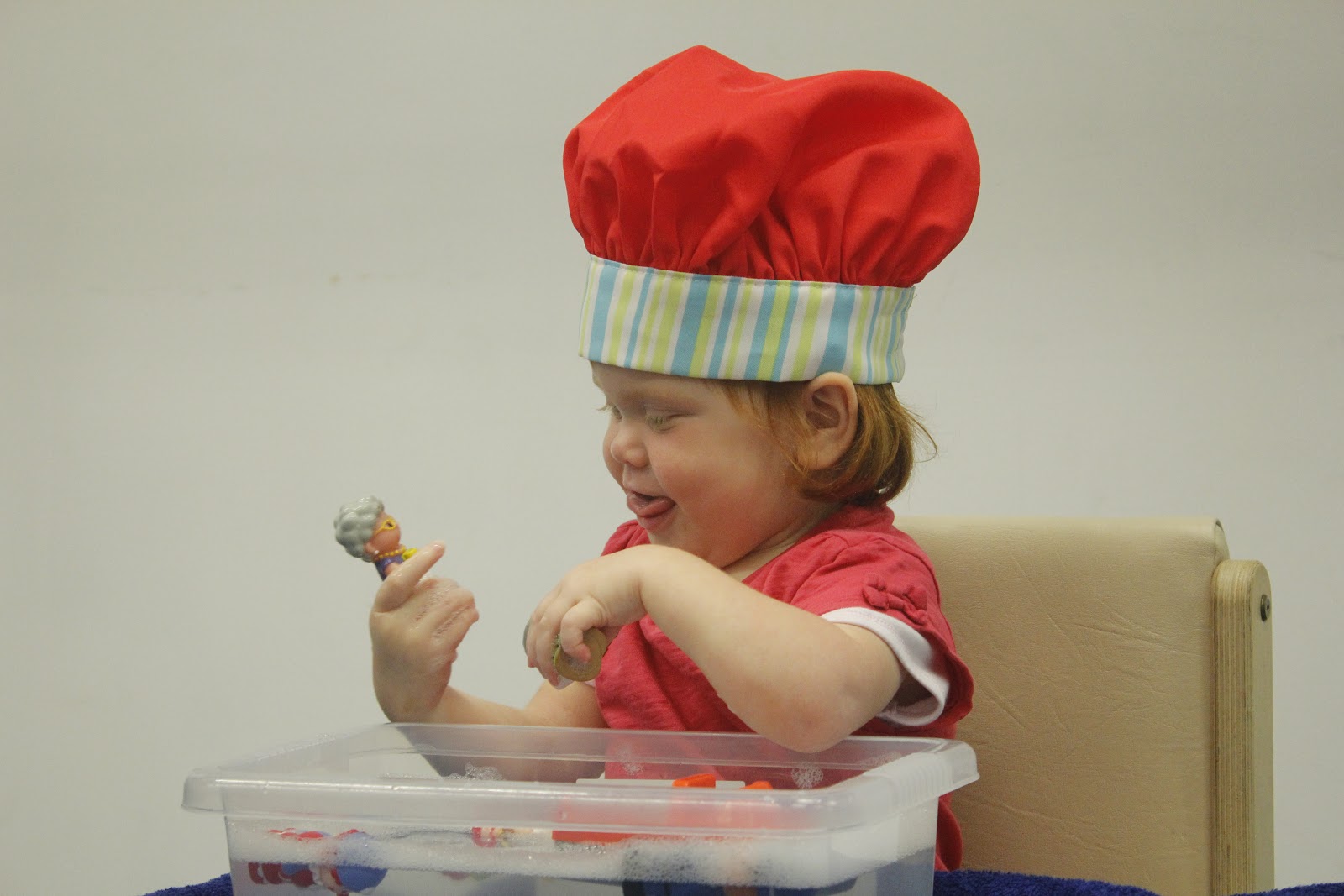Assisting Hand Assessment

What is the AHA?
The Assisting Hand Assessment (AHA) is a hand function evaluation instrument, which measures and describes how children with an upper limb disability in one hand use his/her affected hand (assisting hand) collaboratively with the non-affected hand in bimanual play.
The test is developed for use with children who have a unilateral disability. The AHA can be used with children as young as 18 months and up to 12 years of age.
The AHA assesses how the child uses their two hands together, in a fun and engaging situation where using two hands is natural. It is the child’s spontaneous and normal way of handling objects when playing that is assessed, not their best capacity to grasp, release or manipulate objects when prompted to use their affected hand. This makes the AHA a measure of usual performance.
How is the AHA Completed?
Play is used as the basis for the observation and toys from the AHA test-kit are presented playfully and without instructions as to which hand to grasp or hold with. The AHA is performed as an enjoyable, approximately 15 minutes play-session. The toys in the AHA test kit are attractive and elicit bimanual use. The session is video recorded and the scoring is done as a second step from viewing the video. This makes it possible for the play conductor to interact with the child and make the play session a fun and pleasant experience. The play itself is the focus for the child, the objects are interesting and exciting and the play conductor can assist, if needed, to make the performance successful. This makes the test situation attractive to children and parents, and also to therapists. It also promotes typical use of the two hands.
The AHA test kit consists of a number of specific toys gathered in a children's suitcase. A detailed manual includes the rationale and the purpose of the test, test procedures, psychometric properties, scoring criteria and score forms.

Why we use the AHA?
The AHA describes how effectively a child actually uses his/her affected hand when it needs to be used interactively with the well-functioning hand. This is perhaps the most important aspect of the child's hand function since this is how two hands need to be used in most day to day activities.
The AHA description is:
- It consists of a score giving a measure reflecting how well the hand is used as an assisting hand. The scale range from 22 points, meaning that the hand is not used at all, to 88 points meaning that the hand is used effectively, like a normal non-dominant hand. The score reflects the child's ability to use the affected hand in bimanual performance.
- The outcome of the AHA provides a textual description of how the child uses the affected hand. For example, how does the child grasp objects, how stable are objects in the hand, how quickly does the child initiate the use of the affected hand. For each of the 22 test items there are criteria describing object related hand actions. Thus, as well as providing a sum score the AHA also provides a description, an ability profile, of how the individual child uses the affected hand.
In summary, the AHA provides an ability measure in terms of a sum score. The sum score can be used to describe ability, monitor change over time and evaluate interventions. The AHA also provides a descriptive profile of how the child uses their two hands together. This information can be used to guide intervention.